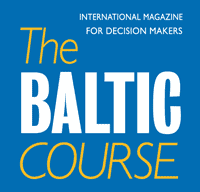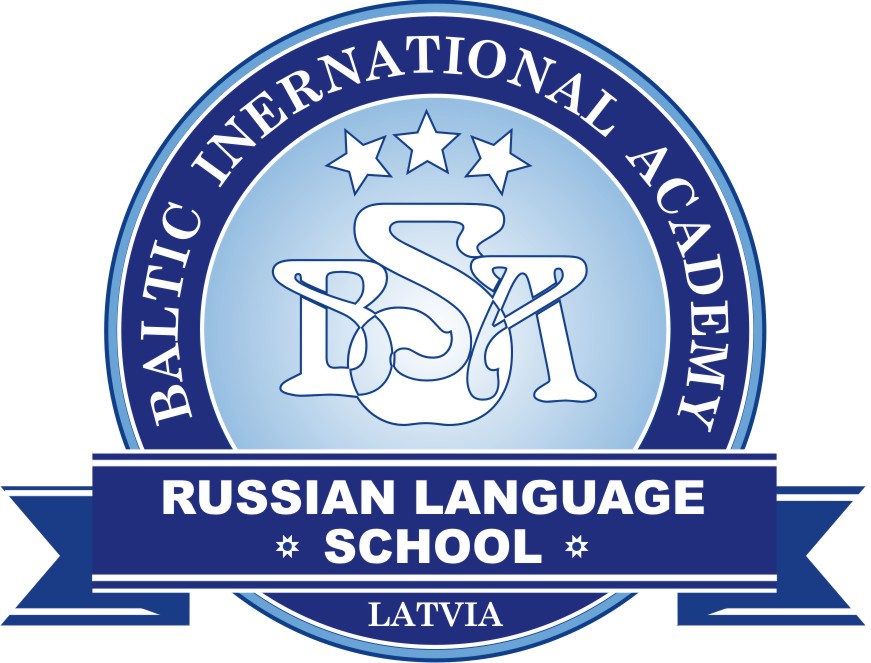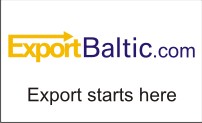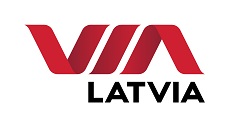Energy, Estonia, Financial Services
International Internet Magazine. Baltic States news & analytics
Tuesday, 30.12.2025, 01:01
Renewable energy accounted for 16.8% Estonia's electricity consumption in 2017
 Print version
Print version |
|---|
Altogether 1,612 GWh of energy from renewable sources was produced in
Estonia last year, 14% more than in 2016. Renewable energy production made up
16.8% of total consumption, while the renewable energy accounted for 15.1% of
consumption in 2016, the transmission system operator Elering said.
Renewable energy production made up 17.6% of Estonia's total consumption in
the fourth quarter of last year, while renewable energy accounted for 17.9% in
the last quarter of 2016.
The amount of subsidized renewable energy last year rose 11% to 1,460 GWh.
Energy generated from biomass, biogas and waste accounted for 56% of the
annual output of renewable energy. The amount totaled 908 GWh. The amount of
energy generated from the same sources totaled 785 GWh in 2016.
Wind energy made up 42% of the total amount of renewable energy produced in
2017 and the amount of wind energy produced was 670 GWh, but the subsidy margin
set for supported wind energy -- 600 GWh per calendar year -- was not fulfilled
last year either. The total production of wind energy rose 13% on year. The
average wind speeds measures on the Pakri peninsula and in Virtsu were a
quarter higher last year than in 2016.
Hydro energy production in 2017 totaled 29 GWh. Solar energy continued to
show the greatest increase compared to 2016 -- the volume of electric energy
produced nearly doubled to approximately 5 GWh and the subsidies also increased
in the same amount, totaling over 311,000 euros overall. This sum still makes
up a marginal portion of the total subsidies paid.
The number of solar energy subsidy recipients is approaching 900, while
over 250 producers were added over the year. There are reportedly approximately
1,200 producers generating electric energy with the aid of solar panels, but
some of them use up the whole production locally and do not receive subsidies.
Of the power plants connected to the network of Elering, those included to the list of subsidy recipients in 2017
included powers in the extent of 38.5 megawatts and during the year, they
produced more than 36 GWh of electric energy.
High-efficiency cogeneration subsidy totaled 3.5 million euros, 21% less
than in 2016. The amount of electric energy on which that subsidy was paid was
110 GWh, compared to 140 GWh in 2016.
Elering disbursed in 2017
a total of 78.3 million euros in renewable energy and high-efficiency
cogeneration subsidies, which is 13% more than in 2016. The sum total of
subsidies paid was relatively close to the estimation made at the end of 2016,
which was 79 million euros.
Estonia has set the goal to bring the share of renewable energy in total
consumption to 17.6% by 2020, the interim goal for 2017 was 15.2%.








 «The Baltic Course» Is Sold and Stays in Business!
«The Baltic Course» Is Sold and Stays in Business!

